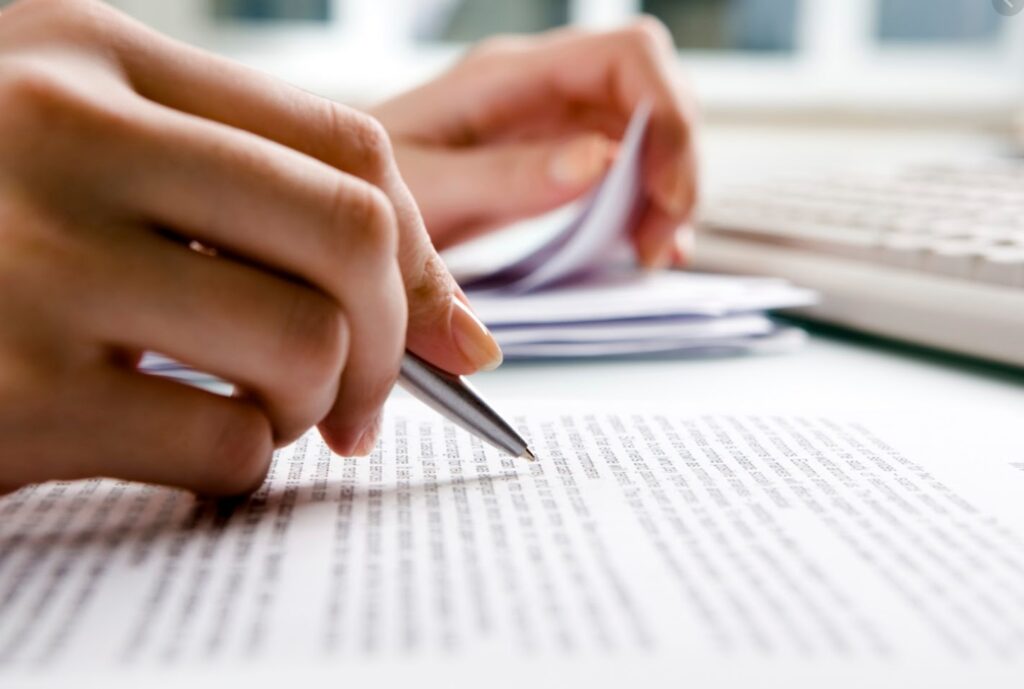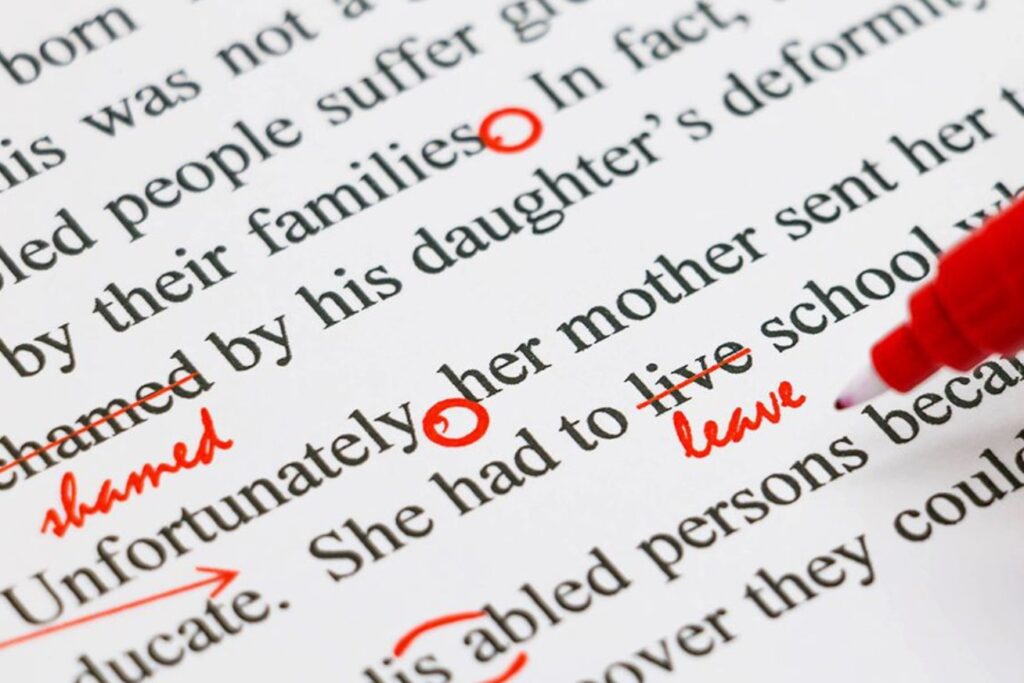Writing is a complex process that includes several stages. Having written your first draft, you are halfway there. However, without proper editing, you risk submitting a flawed paper, which is unlikely to bring you the grade you deserve. Editing is not limited to correcting superficial grammar or spelling errors, as many people think. Instead, it helps to check the content, organization, and clarity of an essay. We will show you the steps that you should follow when editing a paper. But first, let’s define editing to determine its goal.
What Is Editing?
Editing is a final component of the writing process, which is focused on improving the clarity and readability of a text. Its main aim is to prepare a piece for the intended use by ensuring that it has no flaws or mistakes.
Edit an Essay in 6 Steps
1. Take a Break After Writing

Do not start editing your essay if you have just finished it. Give yourself some time to relax and return in a couple of hours or, if time permits, in a day. It will allow you to clear your head and take a look at your paper with fresh eyes.
Besides, many people find it easier to notice mistakes when they change the medium. Thus, it may be helpful to print out your text and edit it on the paper instead of the screen. You can also add some visual alterations in font size, color, spacing, etc. Although these changes are minor and do not affect the content in any way, they are beneficial as you can take a fresh perspective when editing the paper.
2. Double Check Paper Requirements

Writing a paper, you may sometimes get distracted by a multitude of sources and ideas. As a result, the discussion of a topic becomes vague. Even worse, you can skip some important points or questions from the task. To ensure that you have a top-notch paper, go through the following checklist:
- Did you answer all the questions from the instructions?
- Is there any irrelevant or ambiguous information?
- Did you observe length requirements?
- Is your thesis statement clear and specific?
- Did you format the paper according to instructions?
- Did you use the suggested reading materials, if any?
- Are all your ideas logically connected?
- Are there any missed in-text citations?
3. Refine the Structure

The structure of your essay determines its success to the same extent as its content. The fundamental rule is to divide the piece into several paragraphs: introduction, body, and conclusion. An introductory paragraph must present a topic and provide a clear thesis statement. The body of any essay usually includes three separate paragraphs. Each of them should be focused on different aspects of the topic. Yet, you should unite them with one general idea and make sure that they support your thesis statement.
What is more, body paragraphs are required to have their own structure, namely a topic sentence, evidence that proves your point, explanation, and a concluding sentence. This structure is universal for all body paragraphs as it makes your reasoning more solid and convincing. Finally, a concluding paragraph should summarize the essay and restate the thesis statement.
Do not forget about the logical order of ideas. Read the paper aloud to make sure that it flows smoothly from one point to the other. Besides, include some transitional words or phrases between paragraphs. They will help to link the ideas and eliminate any incomplete or abrupt paragraphs.
4. Make Sure You Provide Sufficient Support

When you introduce a certain argument, you need to prove that it is correct and trustworthy. It is easy to accomplish with the help of references to peer-reviewed articles, books, and official websites. This way, your readers do not just take your word for it. On the contrary, they see clear reasoning underpinned with facts and statistics proven by research.
Unless you are writing a reflective essay, your pure opinion will not benefit the essay. Use what research has to offer. As a rule, each body paragraph should include about three pieces of evidence in support of a topic sentence.
5. Eliminate Minor Errors

Some people do not see the difference between editing and proofreading. However, these are two separate processes that have different goals. Proofreading can be considered a final part of editing when you take care of surface mistakes. During this stage, you correct misspellings, grammar, and punctuation errors. We recommend you to do it when you are confident in the fundamental aspects of your essay as you will be more successful at spotting minor issues when content- and structure-related problems are sorted out.
Do not neglect proofreading as small typos or missed punctuation marks will spoil the overall impression of your paper. The time you spend on it will pay off in the form of an excellent grade.
6. Ask a Friend to Help

Sometimes even the best writers cannot notice their own mistakes. When we work long hours on a single piece, our perception becomes less sharp. As a result, we miss errors and typos that can affect the final grade. In such cases, it is nice to have another pair of eyes on the task. You can ask a friend to examine the paper for you. However, a better option will be to find a professional editor on DoMyEssay to help you with your assignment. This will bring a fresh view of your work and make it error-free. What is more, if you have any inconsistencies or flaws in content, getting outside help will allow you to identify and improve the problem areas.
To Sum Up
The editing process is key to getting excellent grades. It may seem difficult if you are a beginner in academic writing, but you will see that it can make the result a lot better. It helps you to polish the content and structure of your essay and correct minor issues. Teachers always value such attention to detail.









